
An anticoagulant is any agent that prevents coagulation, or clotting, of the blood. Anticoagulants are commonly used in rat and mouse poisons, and are one of the most commonly used household poisons, accounting for a large number of accidental poisoning in cats. When ingested by an animal, anticoagulants block the synthesis of vitamin K, an essential component for normal blood clotting. The result is spontaneous and uncontrolled bleeding.
Normally, cats that have mild anticoagulant poisoning will not show signs of poisoning for several days, but as the poison begins to affect the system, the cat will become weak and pale due to blood loss. The bleeding may be external: your cat may suffer from nose bleeding, or you might find blood in its vomit, or find that it is bleeding from the rectum. Cats can also suffer from unseen internal bleeding. Bleeding that takes place in the chest or abdomen, if undiagnosed in time, will be fatal.
Here are some of the most common symptoms of anticoagulant poisoning:
The main cause of anticoagulant poisoning is from the ingestion of rodent poison. If you suspect that your cat has come into contact with rat or mouse poison, and you are seeing some of the symptoms listed above, you will need to have your cat seen by a doctor before its health becomes critical. Keep in mind that if your cat goes out of doors at all there is a possibility that it will come into contact with rodent poison. It might be in a neighbor's yard, in a trash bag, in an alleyway, or the poison might have been ingested by a rat or mouse that your cat has caught and ingested parts from. Even if you do not live in an area where rats or mice are a concern, rodent poison may be used for other common suburban pests, like raccoons, opossums, or squirrels.
Some of the main anticoagulant chemicals that can be found in rodent poisons, and possibly other household products are:
The first kind of anticoagulants are cumulative poisons. These poisons contain warfarin and hydroxycoumadin as main anticoagulants and they require multiple feedings that take several days to kill a rodent.
The second type of anticoagulant is deadlier. Rodenticides that contain the ingredients bromadiolone and brodifacoum are 50 to 200 times more poisonous than the kinds that contain warfarin and hydroxycoumadin. This second type of anticoagulant kills rodents in a single serving dose rather than over time. These deadlier anticoagulant poisons contain indanedione class products, like pindone, diphacinone, diphenadione and chlorohacinone, all of which are extremely toxic.
Another cause of poisoning in cats is the accidental ingestion of medication. Heparin, a common drug for treating blood clotting, can have a toxic effect on animals. Often, cats that have access to medications will eat what they have found, either because the drugs have been left within reach, or because the cabinet the drugs are stored in is low enough for the cat to access.
Your veterinarian will perform a thorough physical exam on your cat, taking into account the background history of symptoms and possible incidents that might have precipitated this condition. You will need to give a thorough history of your cat's health and recent activities. A complete blood profile will be conducted, including a chemical blood profile, a complete blood count, and a urinalysis. Your doctor will also check for blood clotting time so that the severity of the poisoning can be determined. If you have a sample of the poison, you will need to take that with you to the veterinarian's office. It is also helpful if you can take samples of the vomit, and/or stools, if possible.
If your cat is suffering from spontaneous bleeding caused by anticoagulants, the treatment will involve administering fresh whole blood, or frozen plasma, in an amount determined by the rate and volume of your cat's blood loss. Vitamin K, necessary for normal blood clotting, will be used specifically as an antidote, and will be given by subcutaneous (under the skin) injections, with repeated doses as necessary – by injection or even orally - until the blood clotting time returns to normal.
Do not induce vomiting unless you have been advised to do so by your veterinarian. Some poisons can cause more harm coming back through the esophagus than they did going down.
If it is the mild, cumulative form anticoagulant that has been consumed, your cat may recover in a week, but if it was the lethal, single dose anticoagulant, it may take a month for a recovery. Recovery depends upon the time that has elapsed from when the poison was ingested and when treatment for it began.
Anticoagulant poisoning can be prevented by keeping all poisons out of the reach of your cat. An important precaution to keep in mind as well: if you, or anyone in your family are taking prescribed blood thinning drug(s), it is highly recommended that the drigs be kept up and out of your pet's reach – ideally inside of a cabinet. This precaution holds true for all medications, drugs, and chemicals.
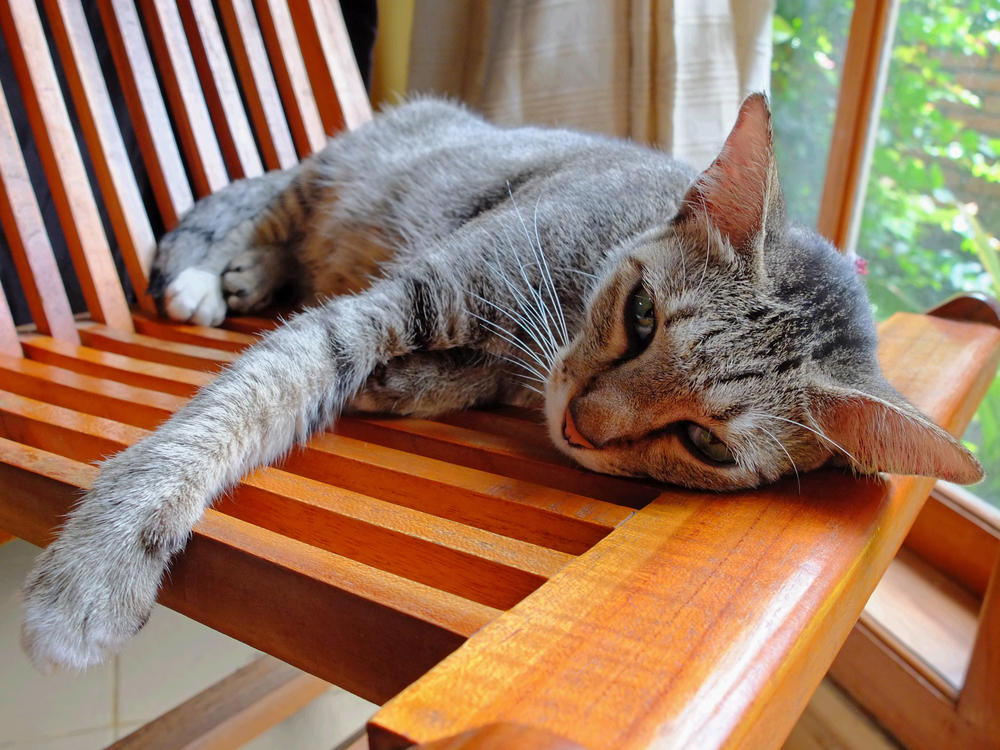 Insecticide Toxicity in Cats
Organophosphate and Carbamate Toxicity
Areas that
Insecticide Toxicity in Cats
Organophosphate and Carbamate Toxicity
Areas that
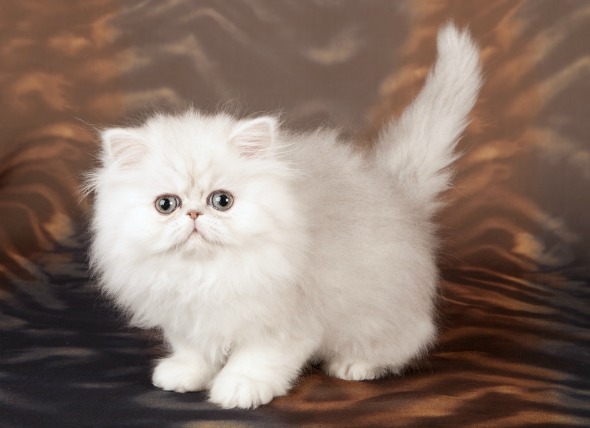 Eye Defects (Congenital) in Cats
Congenital Ocular Anomalies in Cats
Congenital ab
Eye Defects (Congenital) in Cats
Congenital Ocular Anomalies in Cats
Congenital ab
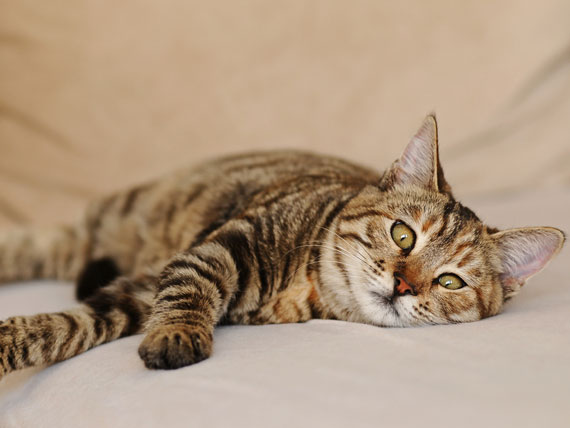 Acid Reflux in Cats
Gastroesophageal Reflux in Cats
The uncontrollabl
Acid Reflux in Cats
Gastroesophageal Reflux in Cats
The uncontrollabl
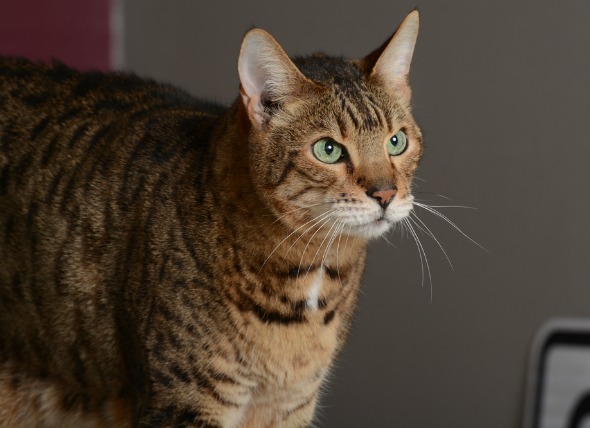 Bacterial Infection (Pyelonephritis) of the Kidneys in Cats
Pyelonephritis in Cats
Pyelonephritis is a bacter
Bacterial Infection (Pyelonephritis) of the Kidneys in Cats
Pyelonephritis in Cats
Pyelonephritis is a bacter
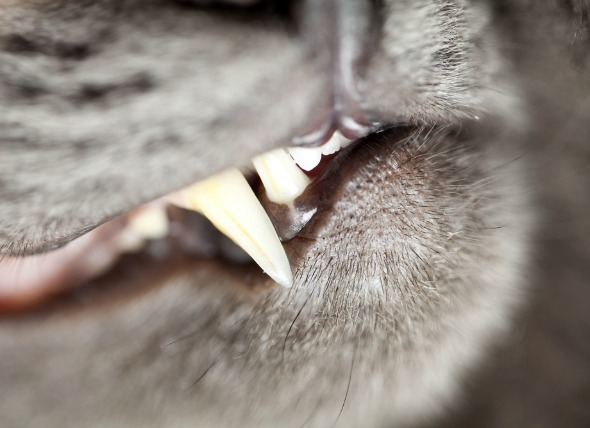 Tooth Decay in Cats
Feline Oral Resorptive Lesions (FORL) or Odontocl
Tooth Decay in Cats
Feline Oral Resorptive Lesions (FORL) or Odontocl
Copyright © 2005-2016 Pet Information All Rights Reserved
Contact us: www162date@outlook.com